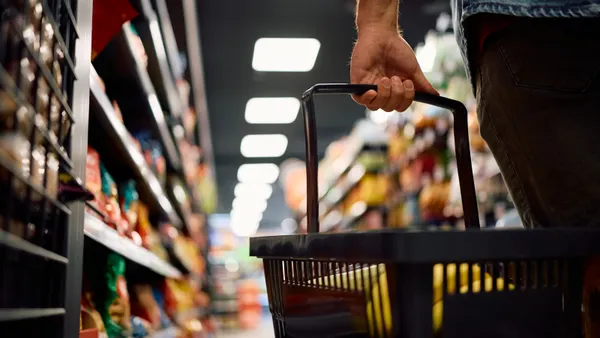Editor's Note: The following is a guest post from Sarah Hilston, senior manager, acquisition marketing, at Peloton.
Retailers opening new stores or running big in-store promotions have long relied on local out-of-home (OOH) marketing channels such as billboards and transit advertising in order to drive store traffic. Unfortunately, the process has historically been painful: slow, decentralized and low-tech. Marketers have often had to deal with multiple media owners and questionable targeting accuracy since there hasn't been a central place to view inventory across owners.
Adding insult to injury, there's really been no way to determine if the ads actually drove customers into stores or impacted sales. Traditionally, retailers absorbed such marketing campaigns as the cost of doing business, because they had no other alternative.
For three recent store openings and a big holiday promotion, we at Peloton took a different approach. We utilized those same OOH channels, but leveraged a new tech platform that allowed us to get a clear view of inventory possibilities and purchase the media that best matched our target audience. More importantly, this approach allows us to connect the dots and attribute store visits to specific media in order to quantify their impact.
We worked with ad technology company AdQuick, which created a centralized platform for finding and buying media and then getting customized artwork to each location. The platform allowed us to find and purchase media from 30-plus owners in multiple markets, and get 100-plus versions of ads out to all the different locations in just a few days.
Anecdotal feedback from store managers was that Peloton's OOH campaign drove increased levels of store traffic for our new store openings and 2017 holiday promotions. That data will help us do an even better job of targeting our OOH advertising the next time around, and help us make decisions about our overall marketing mix, such as whether to funnel more budget into OOH and less into alternative channels.
Here are the biggest takeaways we learned from our initial campaign, serving as universal best practices that brands can deploy to get the most from their data-driven OOH efforts:
1. Always integrate first-party data sources into OOH campaign planning
This includes ZIP codes from your customer/prospect lists, Google Analytics data, DMA information, geographic data on Twitter and Facebook followers and any other geographic data you have on hand to help you target. Peloton, for instance, provided AdQuick with hundreds of ZIP codes representing our ideal demographic profile, and AdQuick quickly aggregated all available media in those precise areas.
2. Include local and regional media owners in your planning
Often, brands only look at inventory from national OOH media companies such as Clear Channel. But there are almost 1,000 different OOH media owners in the U.S. — the national brands only cover about 60% of total inventory. There are amazing deals to be had or perfect locations for your campaigns that may be overlooked if you don't also consider local and regional media companies. Using a centralized database of all media owners ensures you have access to everything available in your target markets, not just inventory from the big guys.
3. Use physical points of interest as lighthouses for your campaigns
CPGs, for instance, could target the stores that their products are sold in. A yoga apparel company should target media locations close to pockets of yoga studios. In Peloton's case, we targeted commuting corridors close to the locations of our physical stores.
4. Localize your message
Messages stick when something resonates with the viewer. We added market-specific copy to ad locations so viewers knew the local store location. In all, we had 100-plus variations of our ad running across eight markets, all managed in the AdQuick platform.
5. Add a call to action to measure wherever possible
We all have smartphones in our pockets, which means exposure to outdoor ads can drive immediate action. When ads are pedestrian-focused, brands should add a call to action to encourage viewers to act in the moment.
Many marketers view OOH as old-fashioned, but new data-driven options are modernizing the channel and making it as measurable as online campaigns. If you haven't examined your OOH media strategy in a year or more, it's time to take another look.











